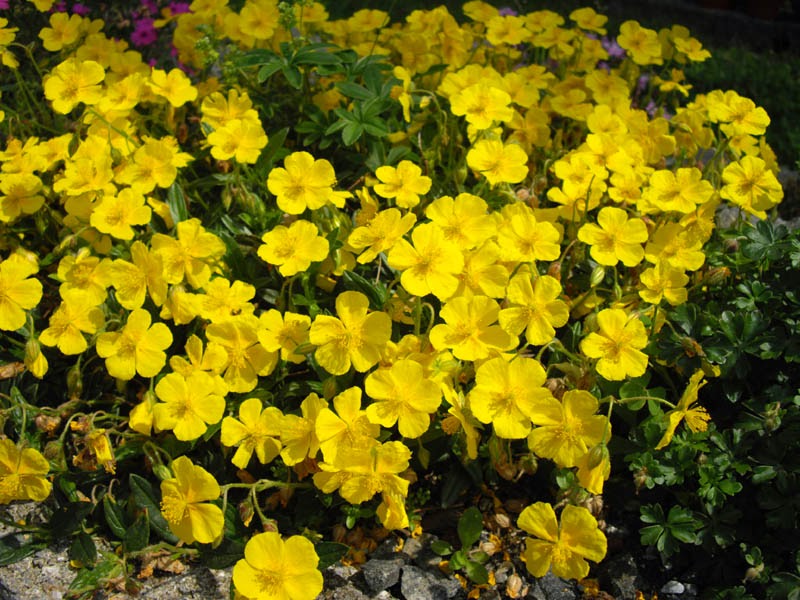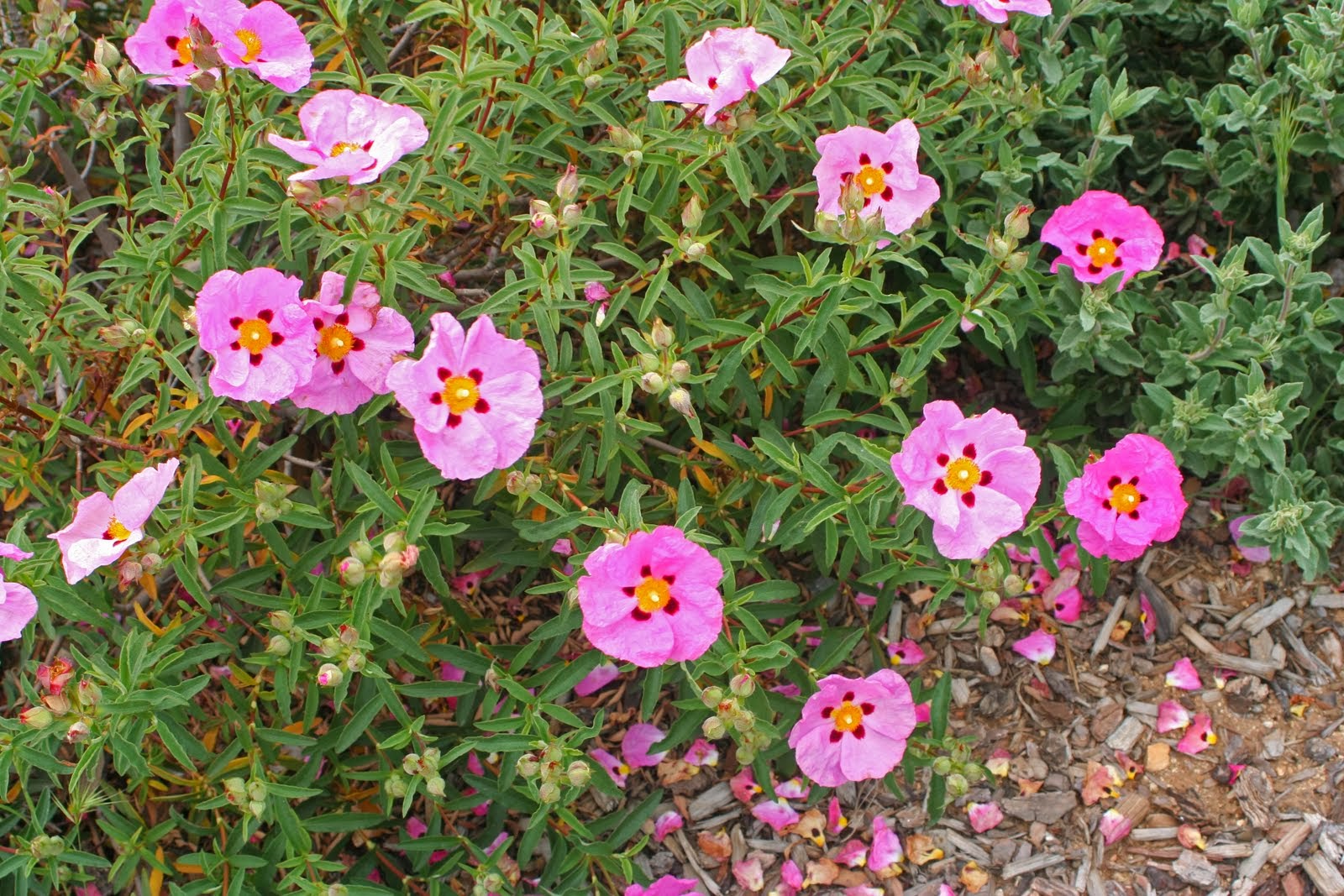Botanical Name: Arctotheca calendula
Common Name: Cape Weed
Family: Compositae
Type: Broad leaved, evergreen shrub perennial
Origin/Habitat: South Africa
Leaf Character: Opposite, simple, 6-8" oblong, margin deeply divided
Flower Type: head borne on 8-10" scape, ovary inferior 2"
Color: yellow, orange
Period: March to Jun and rest of the year
Fruit: Achene
Exposure: Full Sun
Water: infrequent but tolerant
Propagation: By division, spreads by stolons, also propagates by seed
Remarks: Reaches 1' height, endless spread, grows fast. Outstanding for its flowers and foliage. Used as ground cover, espalier and for erosion control




















































